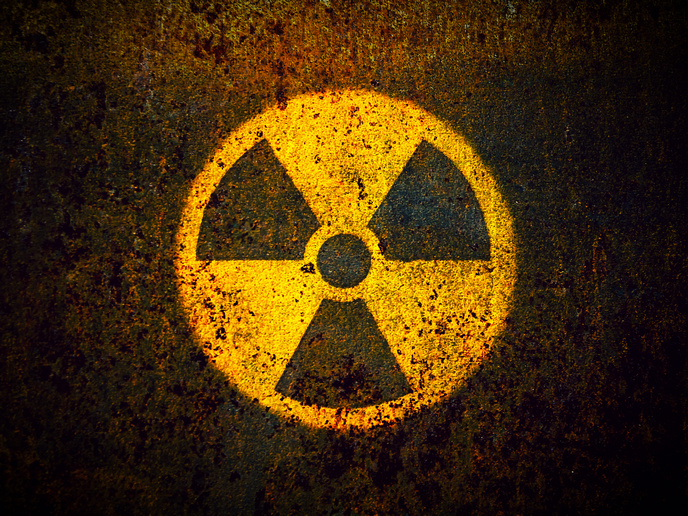Taking the radioactive out of nuclear waste
As Europe shifts away from nuclear energy, several countries are decommissioning their nuclear plants and other nuclear facilities. This is a complex process that involves dismantling the reactor, removing radioactive material and cleaning up the site. But before radioactive waste can be safely disposed of, certain requirements need to be met for its treatment. Enter the EU-funded PREDIS(opens in new window) project that has been working to develop safe and industrially mature solutions for radioactive waste treatment currently lacking in the nuclear industry. An article(opens in new window) posted on ‘Innovation News Network’ takes a look at how aligning the concepts of radioactive waste management with life-cycle analysis (LCA) would promote a sustainable solution. LCA is described as “a method used to evaluate the environmental impact of a product through its life cycle, encompassing extraction and processing of the raw materials, manufacturing, distribution, use, recycling, and final disposal.” The article focuses on radioactive metal waste and its decontamination. A significant proportion of the radioactive metal waste generated during the decommissioning of a plant consists of out-of-core reactor components, such as heat transport pipes and heat exchanger tubes, where the radioactivity is deposited on the surface. Different types of metal are used in the construction of nuclear plants, including stainless steel, carbon steel and nickel (Ni) alloys. “Metals can get contaminated in a nuclear reactor through various ways, such as corrosion, radiation damage, and neutron activation,” reports the article. “Corrosion in nuclear reactors can occur due to exposure of metals to high temperature, pressure, and corrosive chemicals in the reactor environment. Corrosion Products (CP) are metallic elements (cobalt, iron, nickel, etc.) directly released under an activated form or which are activated when passing under neutron flux.” The main CPs responsible for dose rates(opens in new window) are radioactive cobalt isotopes cobalt-60 (60Co) and cobalt-58 (58Co), along with chromium-51 (51Cr), manganese-54 (54Mn) and iron-59 (59Fe). “These products lie in the corrosion layers of the metals, and the decontamination of these metals generally involves the removal of the corrosion layers on the surface of the metal with minimal attack of the base metal.”
Two-step decontamination
Decontamination methods include chemical reagent decontamination, laser decontamination and electrocoagulation. One decontamination process that uses chemical reagents is called chemical oxidation reduction decontamination (CORD). The process consists of two steps. “In the first step, permanganate ion (MnO4-) is used to oxidise the chromium oxide-layer and to release chromate ions. In the next step, oxalic acid is added to reduce the permanganate ion to aqueous Mn2+ ions and to dissolve the Fe and Ni-enriched oxide layer from the surface of the alloys.” According to the article, each step lasts 3 to 6 hours and can be repeated several times. “The solutions can then be treated with ion exchange resin to extract the dissolved metals or can undergo a precipitation process to precipitate the metals and reduce the use of resins, further reducing radioactive waste.” Adding hydrogen peroxide combined with ultraviolet heating destroys the remaining oxalic acid. Since decontamination generates large volumes of radioactive liquid waste in the CORD process, integrating the concepts of LCA could promote a sustainable solution, according to the article. The PREDIS (PRE-DISposal management of radioactive waste) project ends in August 2024. For more information, please see: PREDIS project website(opens in new window)



